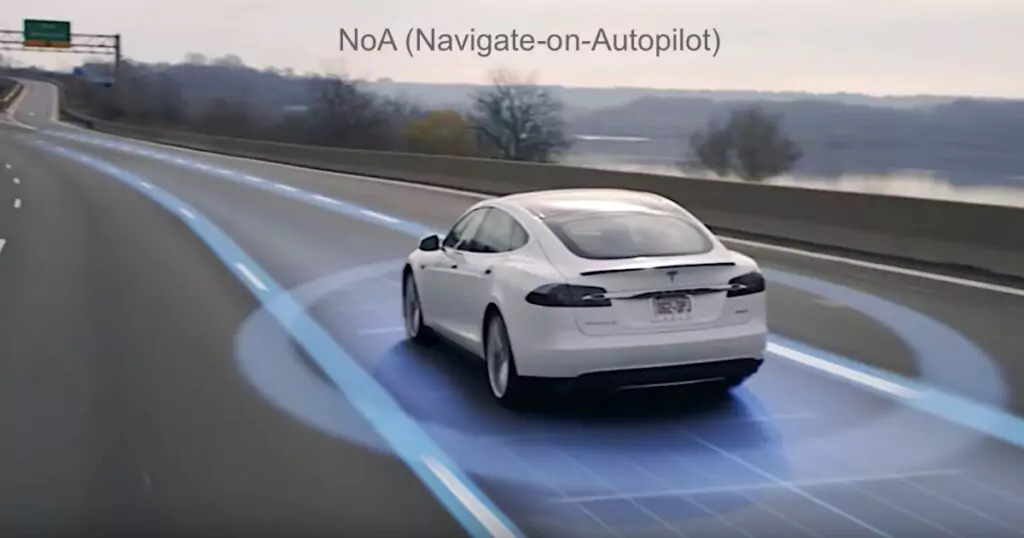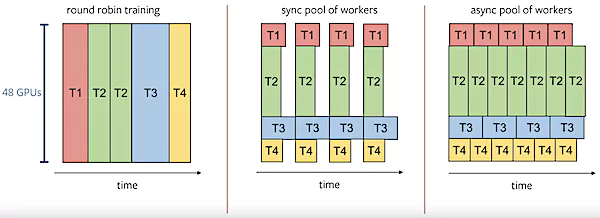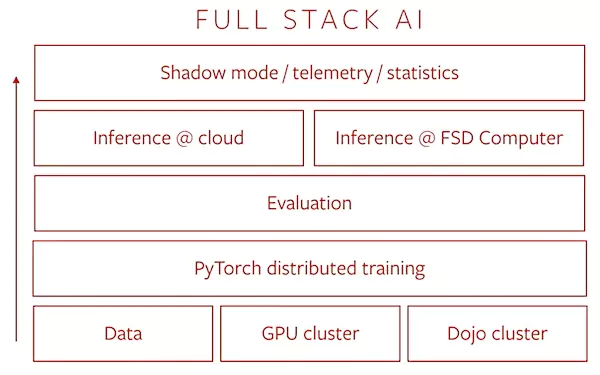Tesla Autopilot and AI Development
11-16-2019
 The more one knows about computer systems and AI, the more fascinating it is to see how Tesla AI engineers are training the neural networks for the autopilot system utilizing PyTorch innovative machine learning framework.
The more one knows about computer systems and AI, the more fascinating it is to see how Tesla AI engineers are training the neural networks for the autopilot system utilizing PyTorch innovative machine learning framework.
The Autopilot has 48 neural networks, that make 1,000 distinct predictions, and takes 70,000 GPU hours to train them in round-robin training of different tasks on heterogeneous workload. It would take one node with eight GPUs to be training for a year. 

PyTorch is an open source machine learning library based on the Torch library. It is primarily developed by Facebook’s artificial intelligence research group and it is used for applications such as computer vision and natural language processing. It is open-source software released under the Modified BSD license. Through its end-to-end machine learning framework PyTorch enables fast, flexible experimentation and efficient production through a user-friendly front-end, distributed training, and ecosystem of tools and libraries.
Tesla has recorded over 1 billion miles on NoA (Navigate-on-Autopilot) and 200,000 automated lane changes, and 800,000 sessions of Smart Summon (call the car to come to you by itself). No other car company comes close when it comes to training their neural networks for NoA, because no one has accumulated so much real-time training through actual miles-driven data.
Andrej is a developer using PyTorch for developing the Tesla NoA AI applications.
